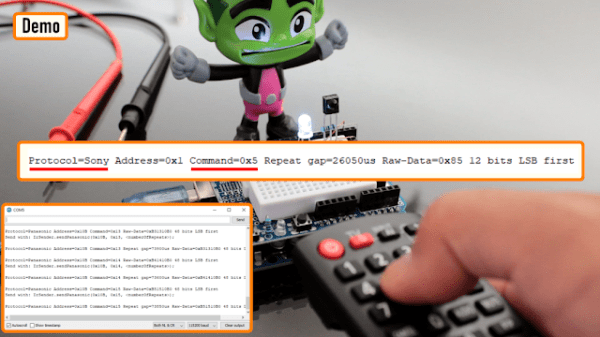As far as interesting problems go, few can really compete with the perennial question: “Are we alone?” The need to know if there are other forms of intelligent life out there in the galaxy is deeply rooted, and knowing for sure either way would have massive implications.
But it’s a big galaxy, and knowing where to look for signals that might mean we’re not alone is a tough task. Devoting limited and expensive resources to randomly listen to chunks of the sky in the hopes of hearing something that’s obviously made by a technical civilization is unlikely to bear fruit. Much better would be to have something to base sensible observations on — some kind of target that has a better chance of paying off.
Luckily, a chance observation nearly 50 years ago has provided just that. The so-called Wow! Signal, much discussed but only occasionally and somewhat informally studied, has provided a guidepost in the sky, thanks in part to a citizen scientist with a passion for finding exoplanets.















